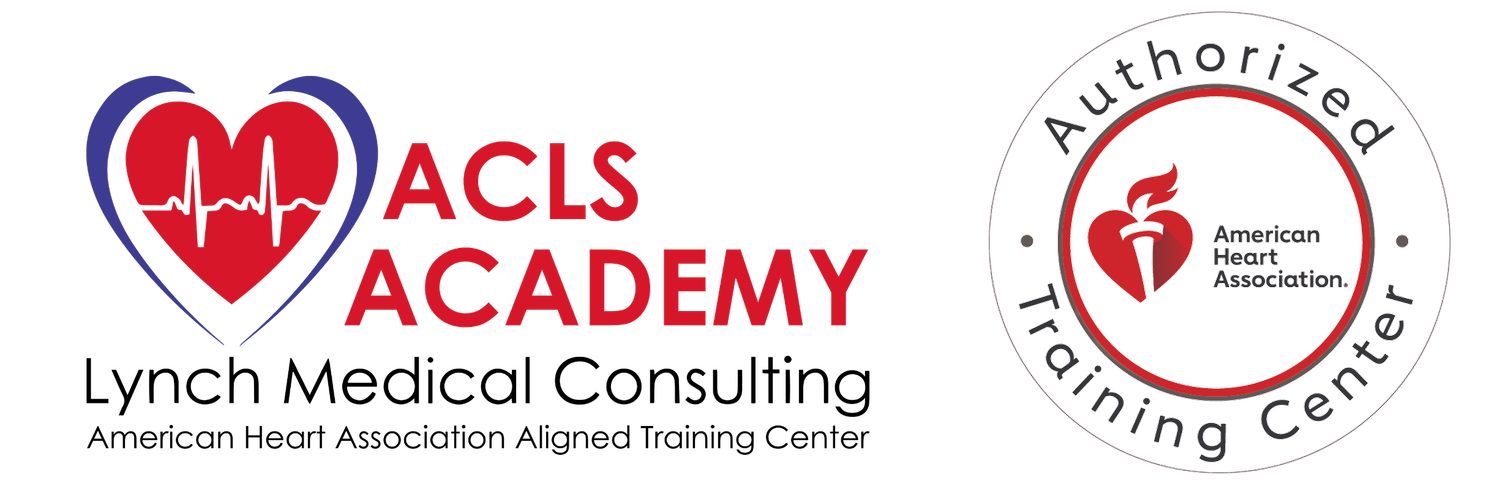While choking can always a concern, between the big meal, the wine, the lively conversation, and rushing while eating, it’s a real hazard during the holidays. We know that choking can occur to anyone, but it is children younger than 4 years old who are at the highest risk, since they haven’t quite mastered chewing.
To reduce choking risks for everyone:
· Cut all food into small pieces for young children. Round foods (e.g. hot dogs, carrots, grapes, etc.) should be cut in quarters or smaller.
· Supervise children while they’re eating and keep them at the table. No lying down or running around with food.
· Eat slowly and chew food completely. Remind children to slow down when eating.
· Avoid talking and laughing with food in your mouth.
· Limit your alcohol intake and other distractions during meals.
If you recognize the signs of choking (e.g. the person can’t breathe, cough effectively, or speak) or if someone is giving the universal sign for choking (one or both hands at the throat), you need to act quickly. First try five sharp blows to the back. If that doesn’t work perform the Heimlich maneuver:
1. Reach under the person’s arms from behind. Place your fist just above the navel, thumb side in. Grasp your fist with your other hand.
2. Perform quick, forceful abdominal thrusts in and up.
3. Continue to give abdominal thrusts until the object comes out or the person becomes unresponsive.
This technique is the same for adults and children age one and older. Keep in mind you may need to kneel down behind the child to give abdominal thrusts, depending on the child’s size.
A serious airway obstruction is life-threatening. Call 911 if you’re unable to dislodge the object. If the person becomes unresponsive, carefully lower the person to the ground and begin CPR immediately - with the added step of looking in the mouth after each set of compressions.

